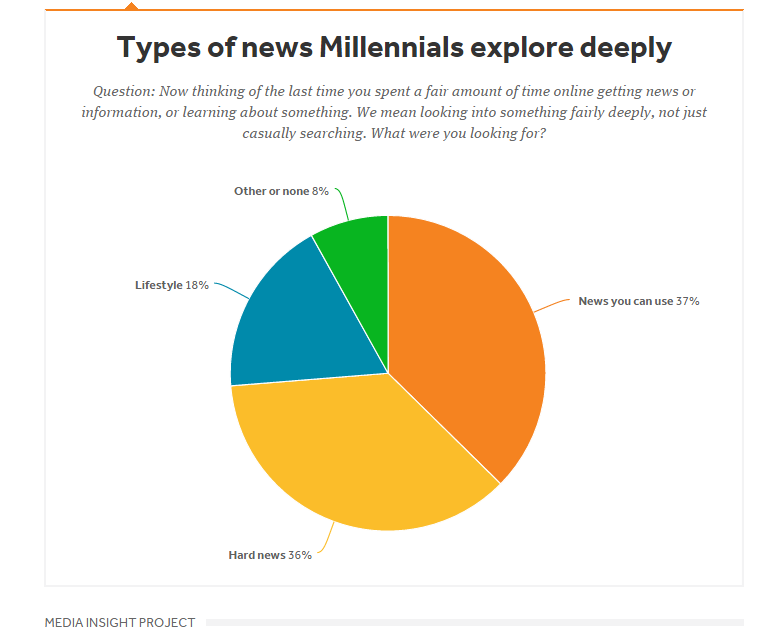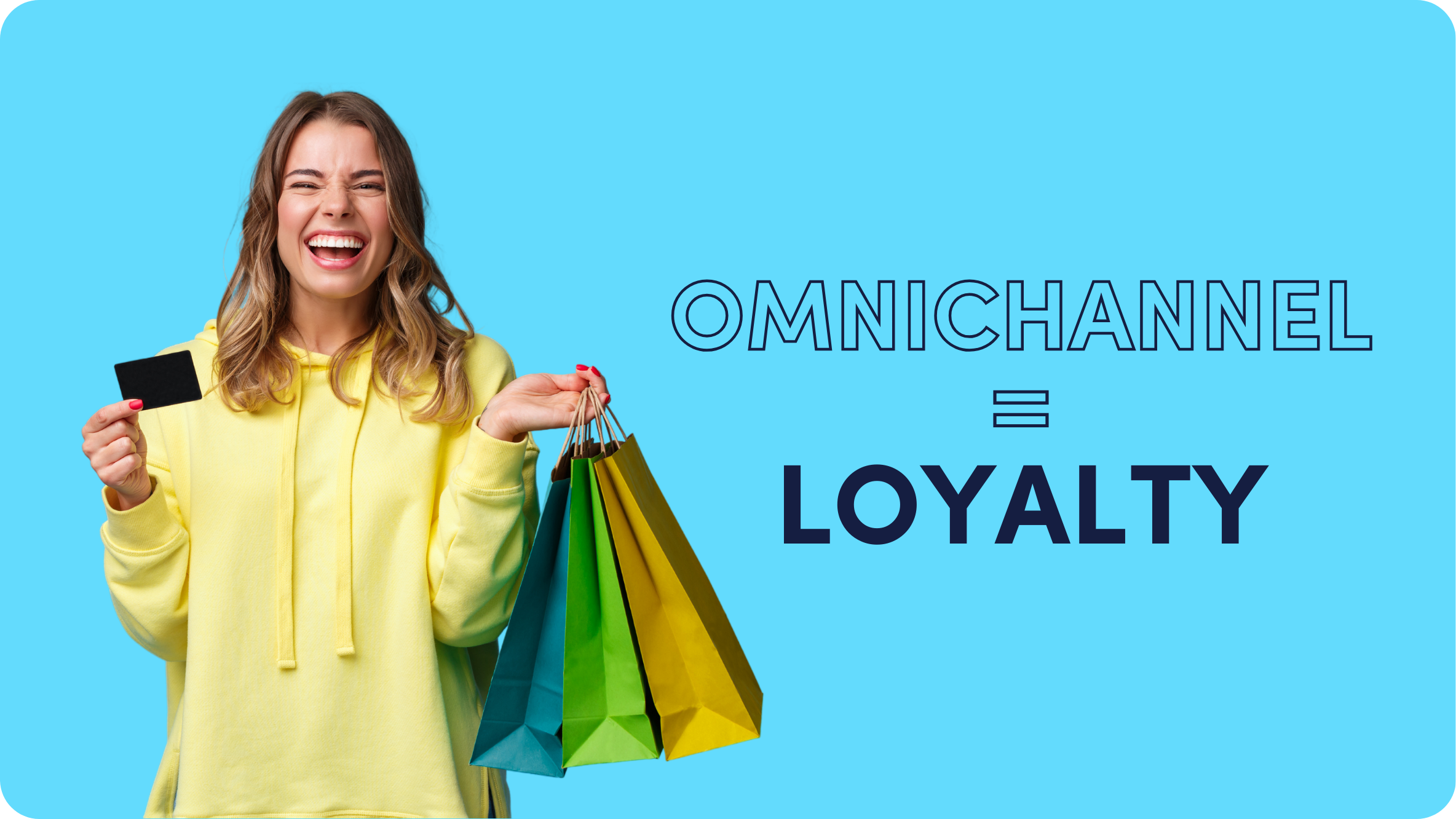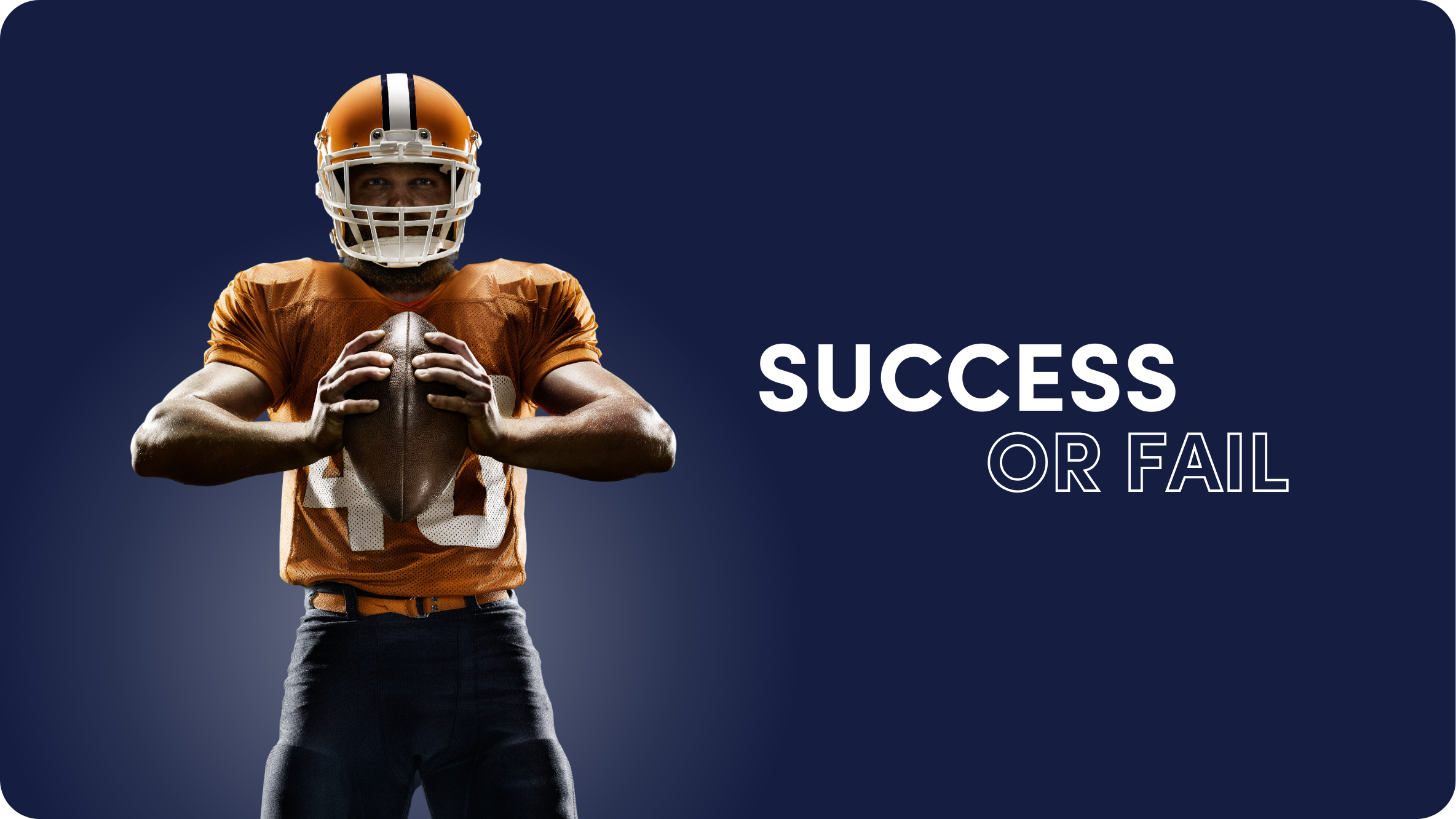Is the News the Path to Millennial Hearts?
- A new study indicates that most millennials engage with news every day, and Facebook is increasingly the place they get it
- In parallel, brands have been placed in a tough position, as organic reach for their messages have been trumped by news media
- The opportunity for marketers now lies in how they leverage publishers to win back eyeballs
Millennials get a bad rap for being self-interested, prematurely-jaded, listicle-happy, selfie-obsessed, news-less people, don’t they?
Well according to a recent study from the American Press Institute, millennials actually devote a significant amount of time to staying informed, and take some nuanced paths to do so.
69% of millennials check in on the news at least once a day. Only email and the weather rank as more frequent activities for millennials.
The study consistently finds that Facebook is increasingly a primary source of news consumption for millennials, even if it’s not the primary reason they visit Facebook (seeing what their friends are up to is still their chief intent). Twitter, often thought of more as a news source than Facebook, lags behind.
What Does the Millennial News Obsession Mean for Brands?
As Facebook increasingly becomes a news hub, brands have seen the organic reach of their messages squeezed out of the feed. The question for brands has become, how can they use the migration from their Facebook posts to publisher pages to their advantage?
These recent developments may in part explain why brands are so willing to explore native advertising, which is far from a hard science at this stage.
If it’s getting more difficult to reach audiences on Facebook, and millennials are primarily using Facebook as a portal to news consumption, publisher partnerships become that much more important, especially for brands looking for bigger storytelling canvases than a sponsored Facebook post might afford them.
Another key finding that should lessen the pain: for the millennials who are more likely to explore the news in some depth, most of the time, it’s the practical “news they can use” that does the trick. This should music to the ears for the growing number of brands already in the habit of creating value-driven, informational content experiences for consumers and hacking the news cycle with tools like discovery engines to scale their efforts with algorithmic efficiency.

As anxiety grows between brands and publishers over Facebook’s dominance over millennial traffic, it’s worth remembering: if you’re not powering the first click for audiences, you can always power the second and third and win back some eyeballs.













